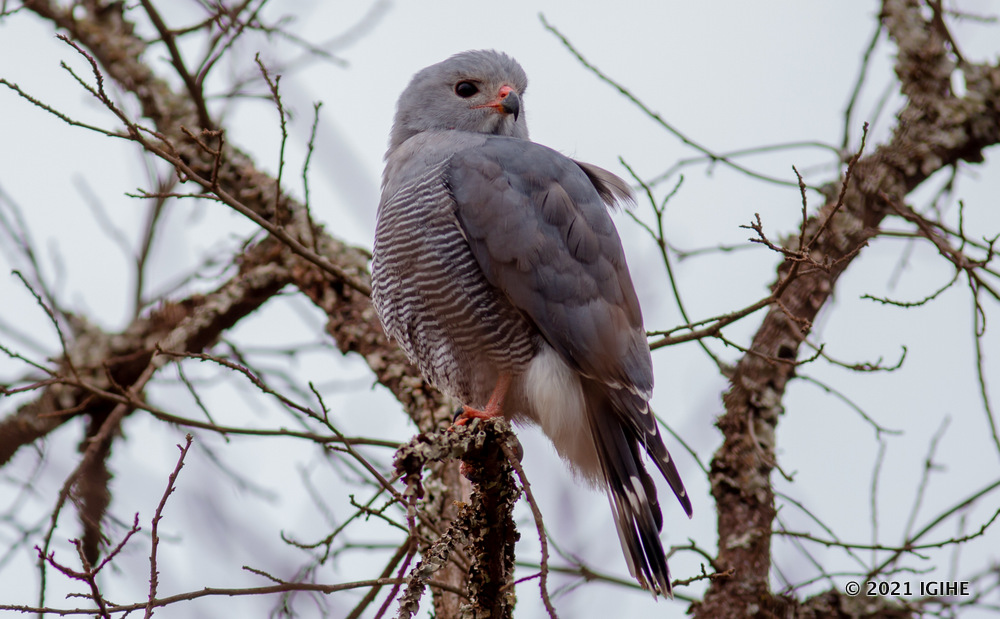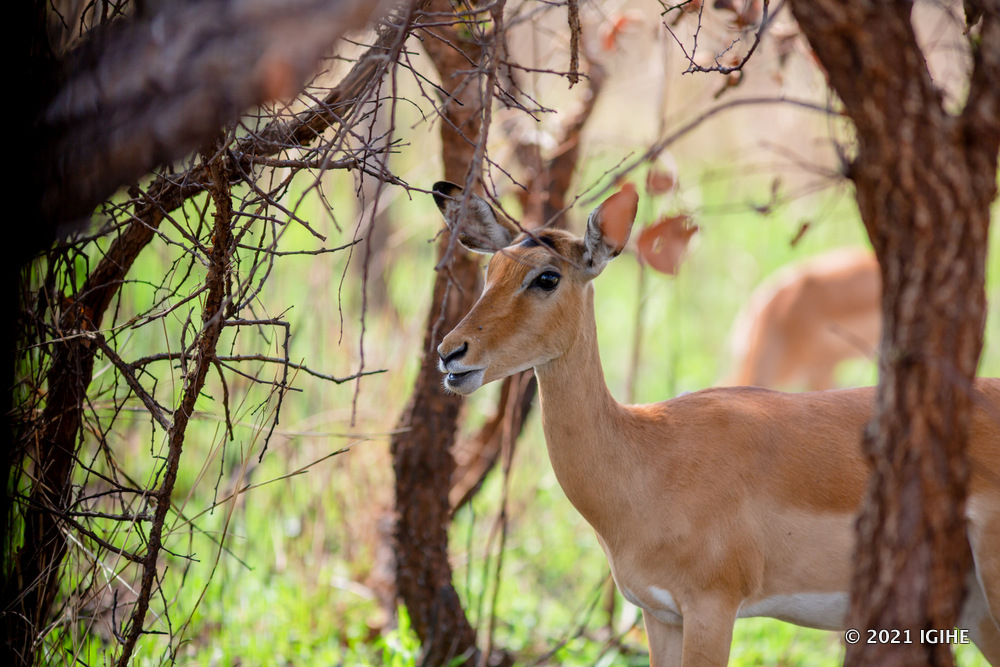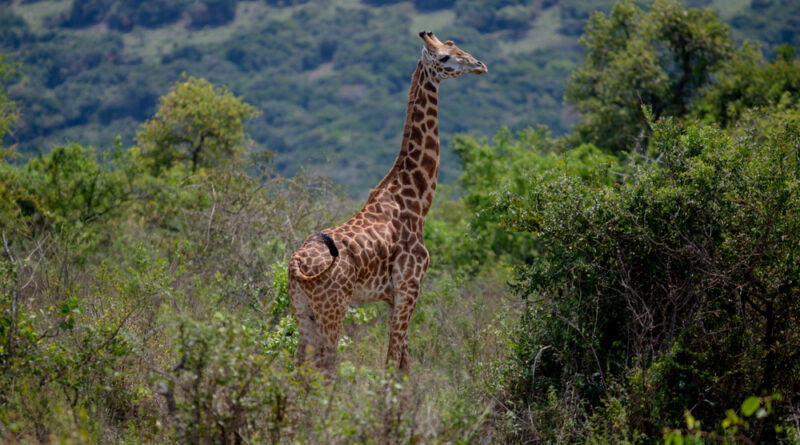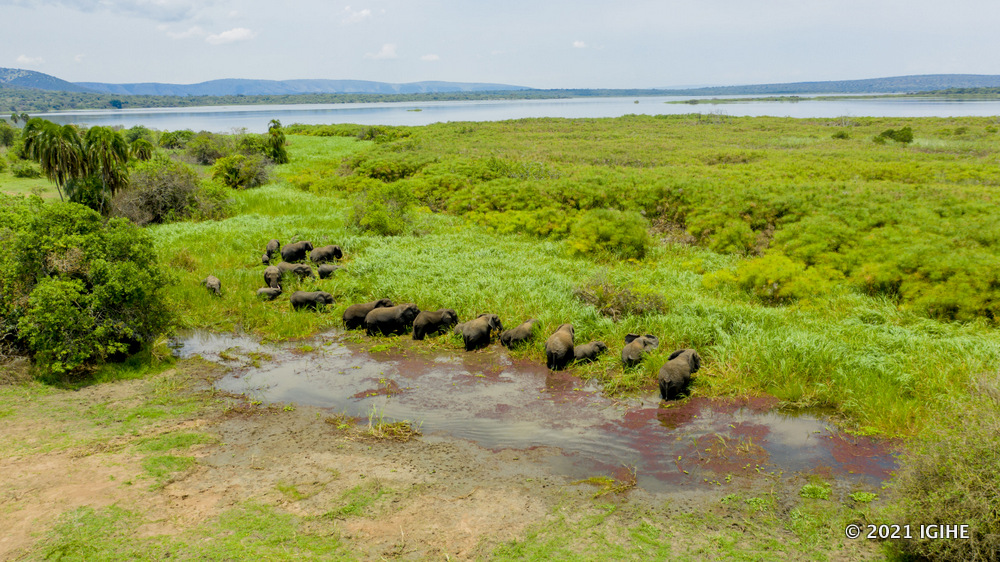Akagera National Park: A Pillar of Rwanda’s post-genocide Rebuilding efforts
Akagera National Park has been a focal point in Rwanda’s post-genocide recovery, particularly in environmental conservation and biodiversity restoration.
Established in 1934 and named after the Akagera River that flows nearby, the park is the largest wetland in Eastern and Central Africa, home to diverse ecosystems including savannahs, swamps, lakes, and a wide range of wildlife.
The park boasts around 12,000 large mammals and over 520 known bird species.
In the 1990s, Akagera faced severe degradation due to insecurity, poaching, and human activities. It lost nearly half of its original area, along with key species such as lions, rhinos, and African wild dogs. The park’s transformation began in 2010 when the Rwanda Development Board (RDB) partnered with African Parks, a leading conservation organization across Africa.
This partnership marked the start of Akagera’s restoration journey. One of the initial steps was the reintroduction of species that had disappeared, including lions and black rhinos.
Boosting Local Economies
Akagera’s revival goes beyond wildlife conservation; it has become a driver of local economic growth. Job opportunities have been created for nearby communities, and tourism revenues are shared with local residents. Earnings from tourism rose from RWF 200 million in 2015 to over RWF 500 million in 2022, with investments in infrastructure like schools, health centers, and development projects.
One notable initiative is the Gishanga Fish Farm, launched in November 2022, located 10 kilometers from the park. The farm focuses on tilapia breeding as part of local development efforts.
Additionally, around 2,000 students and 350 local leaders visit the park annually through environmental education programs.
Today, Akagera National Park continues to thrive alongside its neighboring communities, fostering both economic and social well-being while strengthening biodiversity.
Community Engagement
Akagera’s success is attributed to strong conservation laws and active community involvement. Efforts to combat poaching took about five years, culminating in the reintroduction of lions and black rhinos between 2015 and 2017. White rhinos were also introduced in 2021 to enhance conservation.

The park’s animal population has grown from 5,000 in 2010 to 12,000 today. In 2022, 30 white rhinos from South Africa were added, and their numbers have flourished.
In January 2023, park authorities announced that 54,141 visitors had toured Akagera that year, including 26,047 Rwandans, 23,047 international visitors, and 4,534 foreign residents of Rwanda. This marked a significant increase from 2022, which saw 41,000 visitors and $3.7 million in revenue.
Jean Paul Karinganire, Akagera’s Deputy Director of Tourism, attributed the surge in visits to Rwanda’s efforts to promote the park through international events, government partnerships with sports teams like Arsenal, PSG, and Bayern Munich, and other initiatives.
Looking ahead, the park expects to attract over 60,000 visitors in 2024. Covering an area of 1,120 square kilometers, Akagera is home to Africa’s “Big Five” animals—lions, leopards, elephants, rhinos, and buffaloes. The park’s appeal lies in its easy accessibility from Kigali, strong security, nearby accommodations, and discounts for Rwandan citizens.
Akagera National Park is not just a sanctuary for wildlife but a symbol of Rwanda’s resilience and the shared benefits of conservation for communities and the nation.

View article in Kinyarwanda to see photos


